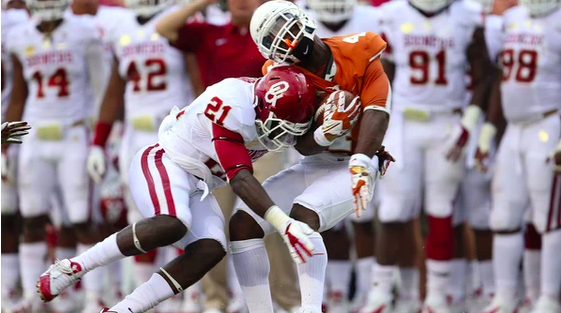Radial head fracture
What is a Radial Head fracture?
The radial head is the upper end of the radius bone of the forearm that with the capitellum of the humerus (upper arm bone) makes up the outer half of the elbow joint.
While trying to break a fall with your hands may seem instinctive, the force of the fall could travel up your forearm bones and dislocate your elbow. It also could break the smaller bone (radius) in your forearm. Fractures of the radius often occur in the part of the bone near the elbow, called the radial “head.” Radial head fractures are common injuries, occurring in about 20% of all acute elbow injuries. Many elbow dislocations also involve fractures of the radial head.
Radial head fractures are more frequent in women than in men and are more likely to happen in people who are between 30 and 40 years of age.
The radial head is often injured as a result of a fall onto the hand. This may be as a result of sports or a simple fall. The injury is most often seen in younger adults and may also be seen in children. A significant force is needed to break the bone in young, healthy adults.
What are the symptoms of a radial head fracture?
The most common symptoms of a radial head fracture include:
⦁ Pain on the outside of the elbow
⦁ Swelling in the elbow joint
⦁ Difficulty in bending or straightening the elbow accompanied by pain
⦁ Inability or difficulty in turning the forearm (palm up to palm down or vice versa)
How can my doctor diagnose a radial head fracture?
The diagnosis of radial head fracture is made from the history of how the injury occurred and by examining the elbow joint. If Prof Imam suspects a radial head fracture the principle tool to diagnose is X-ray of the elbow. Very rarely, he may want to use other types of imaging such as a CT scan or MRI scan if they feel that this will help diagnose and treat the injury.
How is a radial head fracture treated?
The best treatment for a radial head fracture depends on several factors, including the patient’s age, occupation, the findings from examining the elbow, other associated injuries, how the bone has broken, and how far the parts of the bone have moved out of position.
The fracture has not moved significantly out of position in most cases, and the patient can rotate the forearm. The injury can be treated in a “collar and cuff” sling for comfort and with pain killers as necessary. The fracture will typically take six weeks to heal, but many people find that they can move the elbow without pain before this time. In some circumstances, Prof Imam may recommend either fixing the bone, replacing it with an artificial radial head, or excising bone fragments. Regardless of the elbow’s treatment, elbow movement must be started as early as possible and certainly within three weeks of the injury.
Type I Fractures
Type I fractures are generally small, like cracks, and the bone pieces remain fitted together.
⦁ If too much motion is attempted too quickly, the bones may shift and become displaced.
Type II Fractures
Type II fractures are slightly displaced and involve a larger piece of bone.
⦁ If displacement is minimal, a sling or splint may be used for 1 to 2 weeks, followed by range-of-motion exercises.
⦁ Small fragments of broken bone may be surgically removed if they prevent normal elbow movement or could cause long-term problems with the elbow.
⦁ If a fragment is large and out of place enough, the treating surgeon might attempt to hold the bones together with screws, or a plate and screws. If this is not possible, the surgeon will remove the broken pieces of the radial head.
⦁ The surgeon will also correct any other soft-tissue injury, such as a torn ligament.
⦁ In some cases, an artificial radial head may be placed to improve long-term function.
Type III Fractures
Type III fractures have multiple broken pieces of bone which cannot be put back together for healing.
⦁ In most Type III radial head fractures, there is also significant damage to the elbow joint and the ligaments that surround the elbow.
⦁ Surgery is always required to either fix or remove the broken pieces of bone and repair the soft-tissue damage. If the damage is severe, the entire radial head may need to be removed. In some cases, an artificial radial head may be placed to improve long-term function.
⦁ Early movement to stretch and bend the elbow is necessary to avoid stiffness.
How will my elbow be after a radial head fracture?
The long term outcome after a radial head fracture depends on the severity of the injury, associated injuries to the elbow, and how the injury has been treated. In most cases, the elbow will return to normal pain-free function within three months of injury. The most common ongoing problem is elbow stiffness. Persistent pain may occur as a result of a failure of the fracture to heal. The elbow may be more likely to develop “wear and tear” arthritis in the future.


